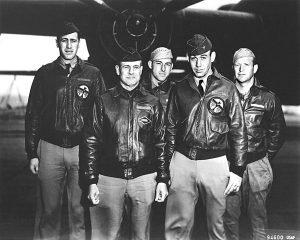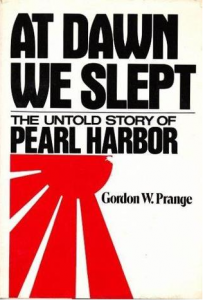Doolittle Raid
Doolittle Raid
Overview
Conceived in January 1942 in the wake of the devastating Japanese surprise attack on Pearl Harbor, the “joint Army-Navy bombing project” was to bomb Japanese industrial centers, to inflict both “material and psychological” damage upon the enemy. Planners hoped that the former would include the destruction of specific targets “with ensuing confusion and retardation of production.” Those who planned the attacks on the Japanese homeland hoped to induce the enemy to recall “combat equipment from other theaters for home defense,” and incite a “fear complex in Japan.” Additionally, it was hoped that the prosecution of the raid would improve the United States’ relationships with its allies and receive a “favorable reaction [on the part] of the American people.” (5)
More Information
Japan
Quick Facts:
| Date | April 18, 1942 |
| Location | Greater Tokyo Area, Japan |
| Result | US propaganda victory; US and allies morale improved |
| Strength | |
| U.S.: | |
| Japan | |
| Casualites / Losses | |
| U.S.: | |
| Japan | |
Resources
Web Sites:
Books:
REFERENCES
- ** By U.S. Navy (photo 80-G-41196) – This media is available in the holdings of the National Archives and Records Administration, cataloged under the National Archives Identifier (NAID) 520603., Public Domain, https://commons.wikimedia.org/w/index.php?curid=53303
- (2) By US Army Air Force – http://www.af.mil/shared/media/photodb/photos/060217-F-1234P-117[2].jpg, Public Domain, https://commons.wikimedia.org/w/index.php?curid=4788715
- (5) https://www.history.navy.mil/browse-by-topic/wars-conflicts-and-operations/world-war-ii/1942/halsey-doolittle-raid.html
- (35) Miller, Nathan (1995), War At Sea: A Naval History of World War II, Scribner, ISBN 0-684-80380-1, p. 207
- (36) ibid. p. 207




